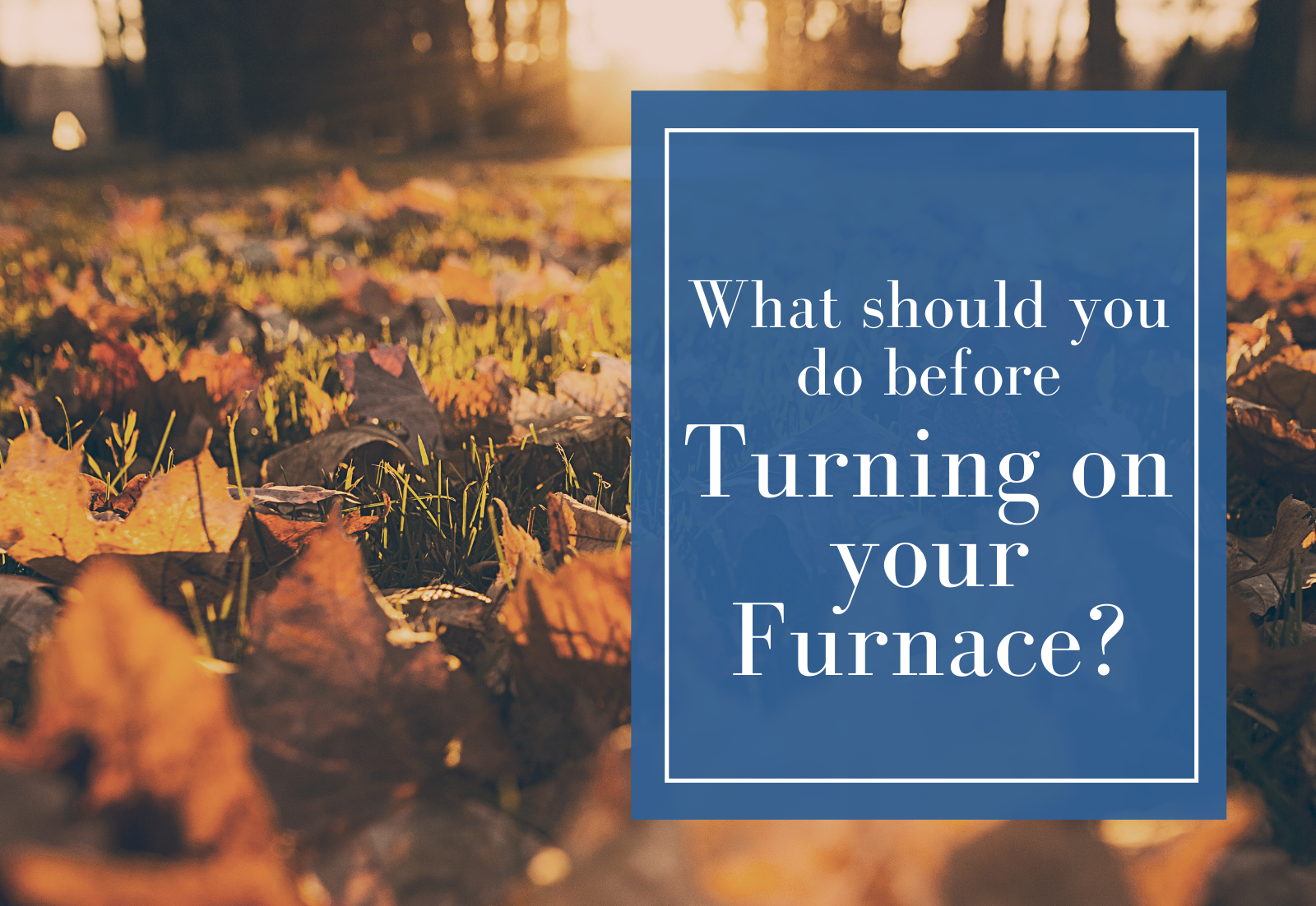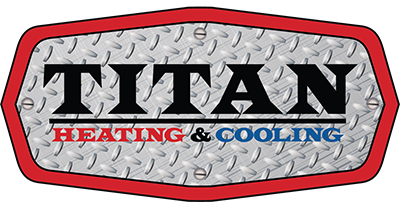
What Should You Do Before Turning On Your Furnace This Fall?
Fall is officially here, which means heating season is just around the corner. But before you turn on your furnace for the first time, there are a few things you should do to ensure it’s ready to keep your home warm all winter long.
Change the Air Filter
A clogged air filter keeps your furnace from running efficiently and can potentially cause it to overheat. Check your filter monthly and change it as needed — at least every 3 months, but more often if you have allergies or pets who shed. If you have a reusable air filter, vacuum it to remove any dust, then wash it with soap and water and allow it to dry before inserting it back into the furnace.
Uncover Vents & Clear Out Debris
Blocked vents will keep heat from flowing uniformly throughout your house, so make sure nothing is obstructing your heating vents — including furniture, curtains, rugs, or other objects. You can also remove the register covers and vacuum out the ducts with a hose attachment to remove some of the dust and debris that accumulates between regular professional cleanings.
Declutter the Area Around Your Furnace
Items stored near your furnace can pose a fire hazard. Move anything that is stored close to your furnace unit, paying special attention to flammable items such as rags, mops, paper, and chemicals. To be on the safe side, it’s best to keep all flammable materials in a separate room from the furnace.
Test Smoke and Carbon Monoxide Detectors
Test your smoke and carbon monoxide (CO) detectors to ensure they are in working order, and change the batteries if you haven’t done so in a while. If your home doesn’t have CO detectors, you’ll want to add them. When a furnace burns oil or natural gas to create heat, carbon monoxide is produced as a by-product. The CO is typically vented out of your home by your heating system, but cracks in the heat exchanger, blockages in the vents, or other issues can cause your furnace to leak carbon monoxide, putting your family at risk for CO poisoning. Carbon monoxide detectors typically last 5-7 years, so if yours is on the older side, it may be time to replace it.
Test the Thermostat
Test your thermostat to make sure it’s communicating with your furnace. Turn the thermostat up high enough to make the heat kick on, and if it seems like it’s not communicating with the furnace, replace the batteries (if it has batteries). If that doesn’t fix the problem, you may need a new thermostat.
Seal Doors and Windows
Make sure all outside doors and windows have a nice tight seal. Any gaps will allow heated air to escape and cold air to enter your home, making your furnace work even harder to keep your house at a consistent temperature (and therefore increasing your heating bill).
Schedule an Inspection
Routine yearly maintenance helps keep your furnace in tip top shape as well as reduce the cost of major repairs. Fall is the time to schedule a tuneup and inspection for your furnace to make sure it’s ready for the cold weather months. During an inspection an HVAC technician will inspect your system for signs of wear and tear, clean out your system, and make any needed adjustments to keep everything running reliably throughout the winter. And if your furnace is nearing the end of its life, this is a good time to have it checked out to see if it can hang on for another year or if it’s time for a replacement.
Titan Heating & Cooling is here to help you with regular HVAC maintenance, new furnace installation, or any other heating and cooling needs you may have. Give us a call at 651-714-8931 — we look forward to serving you!


